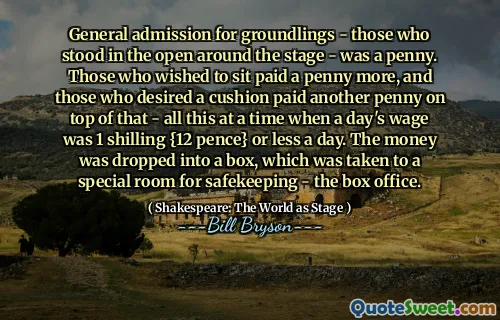
If the Chandos portrait is not genuine, then we are left with two other possible likenesses to help us decide what William Shakespeare looked like. The first is the copperplate engraving that appeared as the frontispiece of the collected works of Shakespeare in 1623-the famous First Folio.
If the Chandos portrait is deemed inauthentic, we have to rely on alternative representations of William Shakespeare to ascertain his appearance. One significant source is the copperplate engraving featured as the frontispiece in his First Folio, published in 1623. This image is widely recognized and serves as an important visual reference for scholars and fans alike.
Bill Bryson, in his book "Shakespeare: The World as Stage," emphasizes the importance of such images in piecing together our understanding of Shakespeare’s likeness. With the Chandos portrait in question, these alternate likenesses, particularly the engraving, become essential in reconstructing the visual history of one of the greatest playwrights in literature.








